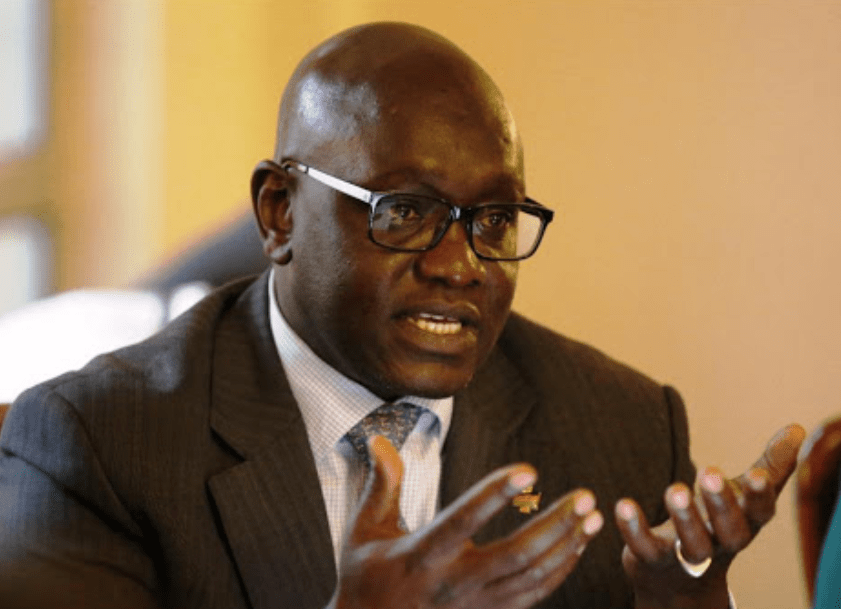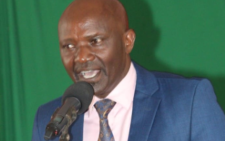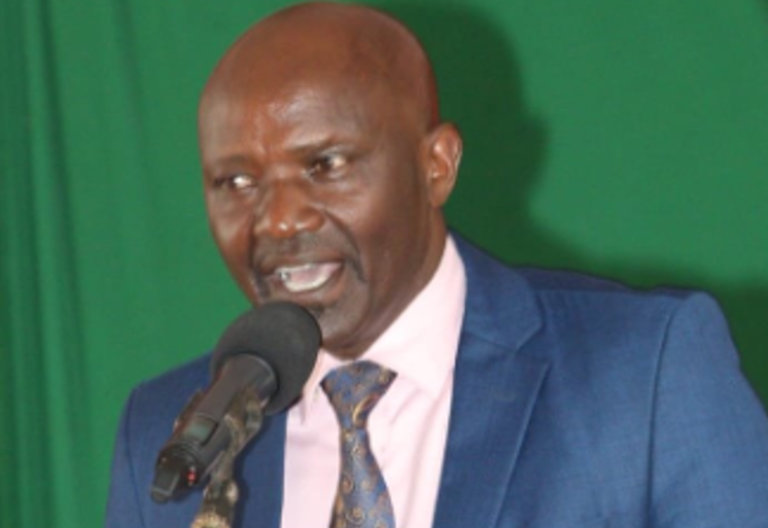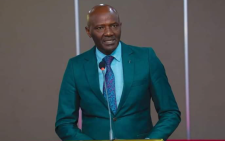Sh3 trillion budget a sly balancing act
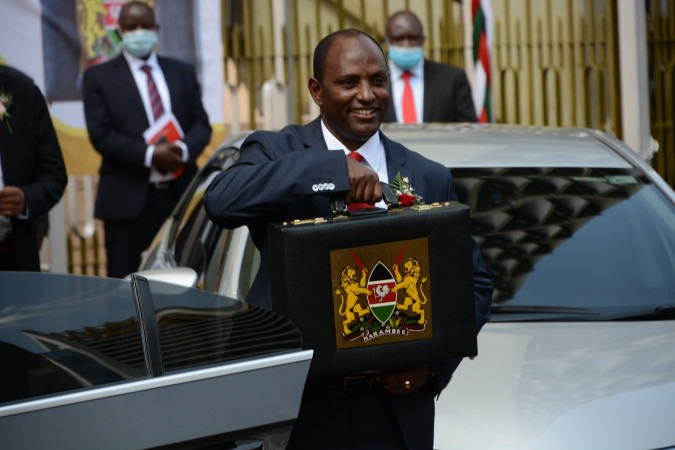
The National Treasury will today unveil President Uhuru Kenyatta’s final budget, in what will be a delicate balancing act on the back of surging cost of living, a deeply divided government, drought and pandemic shocks.
The presentation of the Sh3.31 trillion financial estimates also comes in the midst of the ongoing invasion of Ukraine by Russian forces, which is snarling global logistics, coupled with a General Election full of tension and uncertainty.
It will be a unique budget in that Treasury Cabinet Secretary Ukur Yatani will unveil it two months earlier than the normal time, paving the way for Parliament to approve expenditure before it is dissolved to pave way for the elections. This budget will be for the financial year commencing July 1, 2022.
According to Francis Kamau, a partner and tax expert at Ernst Young, while Uhuru is making a budget he will not complete, he will definitely want to consolidate his legacy in the three months before hand over. “These are ongoing projects and there are those that only need to be completed. He should, however, not start new projects,” he said.
The general policy direction of the FY2022/23 budget is to accelerate economic recovery through the implementation of an Economic Stimulus Programme, with the State expected to ring-fence revenue to complete ongoing mega projects that the regime started.
State House spokesperson Kanze Dena hinted that ongoing projects covering UHC, manufacturing, food security and affordable housing won’t end with the tenure of President Kenyatta, noting that they’re part of the broad Vision 2030.
“President Uhuru Kenyatta won’t have completed all the Big 4 Agenda projects by the time his term ends later this year. But much progress has been made in all the Big Four Agenda sectors,” she stated.
Experts say the elephant in the room may stir the hornets’ nest, amid an increasingly tense social, political and economic environment. The government will be hard pressed in this pursuit, since it will mean less money for more urgent, and softer social issues, unless it goes for more debt.
Little headroom
Unfortunately, experts have said there is very little headroom for debt. This may further compound fiscal challenges, with the government already under intense criticism over major borrowing at a time debt levels are historically high.
The debt stock, which was initially driven by infrastructure expenditure, amounted to Sh7.99 trillion as of September 2021, having risen by 19 per cent from June 2020, reflecting an increasingly constrained fiscal space and high debt burden environment.
“It is composed of domestic debt (48 per cent) and external debt (52 per cent). At the current level, debt stock accounts for 88.8 percent of the Sh9 trillion PFM Debt Ceiling (Sh9 trillion),” said the BPO.
The debt stock is forecasted to range between Sh8.6 trillion and Sh8.8 trillion by June 2022 and cross the Sh10 trillion mark by the end of 2024.
The economy has suffered in the past two years from Covid-19, with hunger pangs and increasing cost of living. It will be a tough balancing act for Yatani to unveil Kenya’s largest budget, after the presidency gobbled up close to Sh19.7 billion mostly on mega infrastructure projects.
Experts at the Parliamentary Budget Office already warned that economic growth projections by the Treasury of 6 percent in 2022 are too ambitious due to slower economic recovery, coupled with the negative impact of the drought experienced in 2021 and 2022.
The office also warned of a possible dampening of growth in private investment due to election-related activities, as well as the possibility of reinstatement of coronavirus containment measures.
Further, the budget advisors say there is no novel, specific and quantifiable revenue enhancement measures that will support the assertion of expected faster growth in tax revenue relative to economic activity. “The projection that ordinary revenue as a share of GDP will increase from 13.8 percent in 2020/21 to over 16.1 percent by 2023/24 is not premised on specific interventions,” said the BPO.
Captains of industry say the budget must ensure the investment environment is predictable and it must incentivise investors to venture into manufacturing whilst promoting the growth of SMEs and large manufacturers.
“To ensure certainty and predictability of tax policies to encourage industrial investments, KAM has proposed VAT exemption on plant and machinery of Chapter 84 and 85 used for manufacture of goods,” said Phylis Wakiga.
Kamau says that the government should, however, look at how best to cut costs and leverage on increased dividends from sale of government entities, and increasing grants during the election period.



